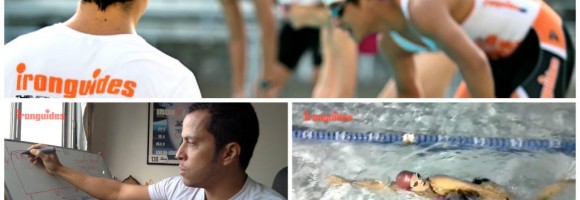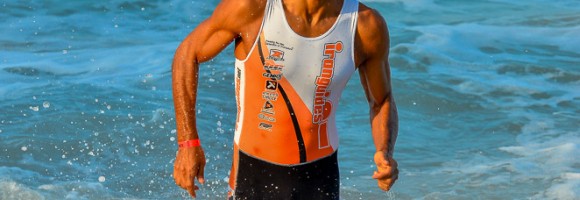In the below video, you will learn the benefits of structuring your swims in shorter repeats compared to ocntinuous swims and also a swim drill to improve your hip rotation. Enjoy your training.
–
Train with ironguides!
Personalized Online Coaching: Starting at USD190/month
Monthly Training plans (for all levels, or focused on one discipline): Only USD39/months
Event based training plans:
Sprint Distance (USD45 for 8-week plan)
Olympic Distance (USD65 for 12 week plan)
Half Ironman (R$95 for 16-week plan)
Ironman (USD145 for 20-week plan)
X-Terra (USD65 for 12-week plan)
Running Plans (10k, 21k and 42k – starting at USD40)





 Alun ‘Woody’ Woodward, Certified ironguides Coach – UK/Hungary
Alun ‘Woody’ Woodward, Certified ironguides Coach – UK/Hungary
Recent Comments